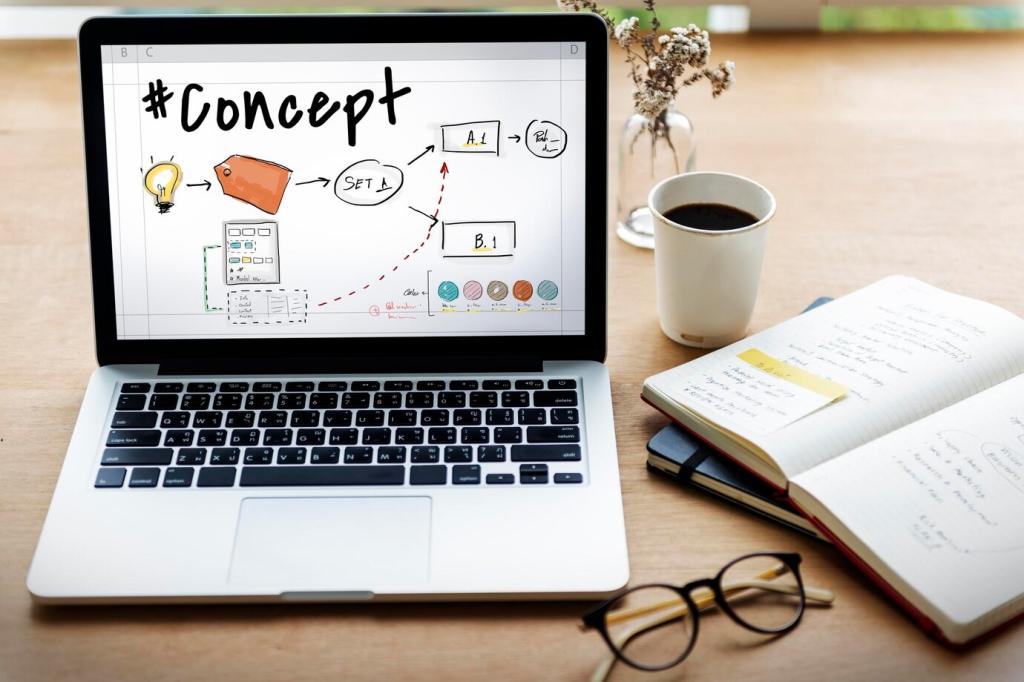Analytics and Reporting to Guide Your Style
Instrument events for gallery interactions, before–after sliders, and PDF lookbooks. Compare engagement across room types, then expand the formats your audience lingers on. Ask readers to vote on whether they prefer process diaries or quick checklists.
Analytics and Reporting to Guide Your Style
Blend Search Console and Analytics to see queries, clicks, and conversions per design category. Highlight posts driving newsletter signups, then plan sibling articles. Share monthly insights with subscribers to involve them in your editorial roadmap.





